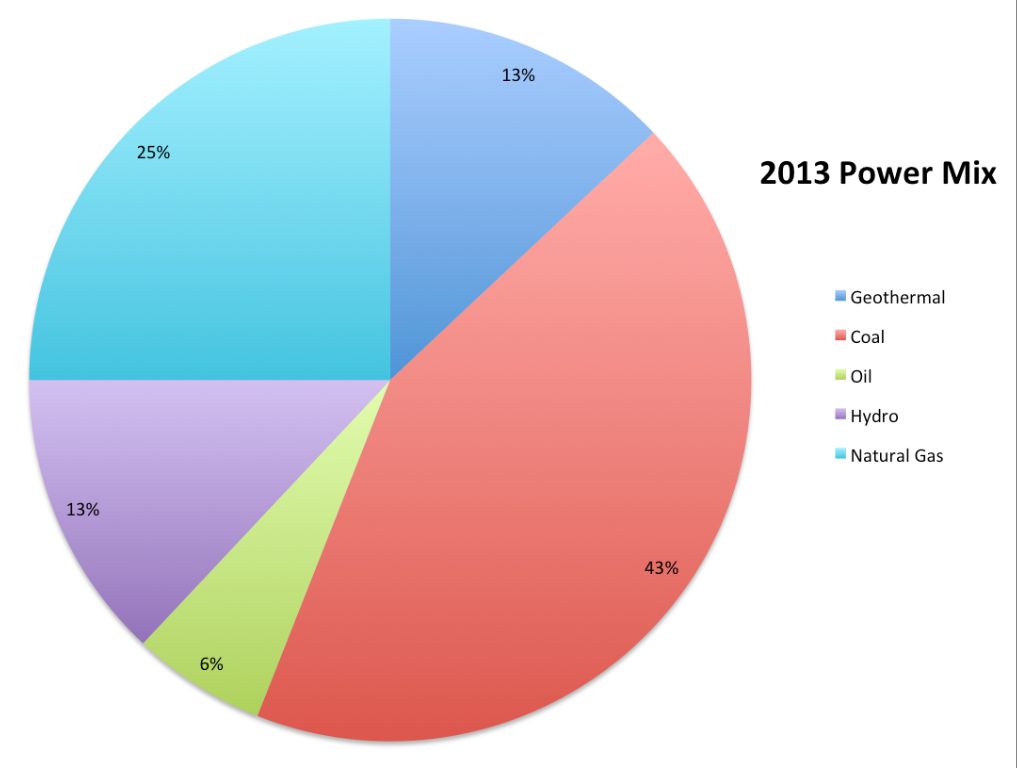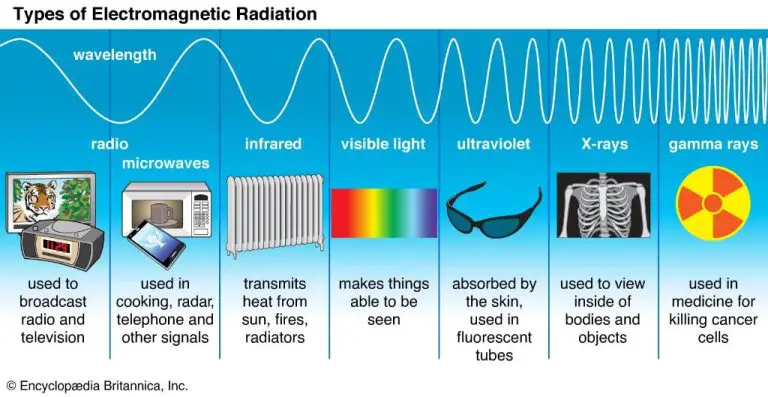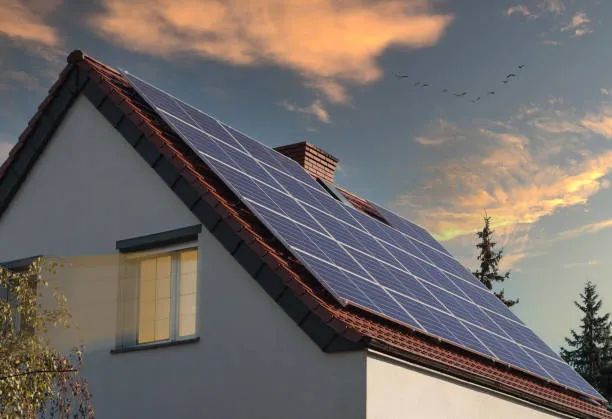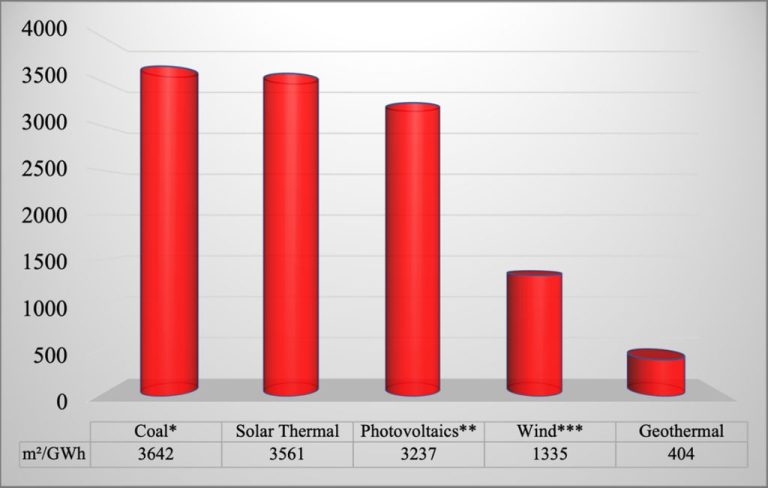What Is The Biggest Source Of Energy In The Philippines?

The Philippines relies on a mix of energy sources to meet its electricity needs. The country has abundant reserves of renewable energy, including geothermal, hydro, solar and wind power. However, fossil fuels like coal, natural gas and oil still account for the largest share of power generation in the Philippines.
This article provides an overview of the major sources of energy used for electricity generation in the Philippines. It examines the country’s extensive geothermal resources, as well as the role of coal, natural gas, oil and hydropower. The growth of renewable energy is also discussed, along with the challenges the Philippines faces in transitioning to cleaner sources of electricity.
Geothermal
Geothermal energy is heat extracted from underground reservoirs in the earth’s crust that can be harnessed to generate electricity. The Philippines sits on the “Pacific Ring of Fire”, an area known for high volcanic and seismic activity, making it an ideal location for geothermal power generation. The country has the second largest installed geothermal power capacity in the world after the United States, with almost 2,000 megawatts of installed capacity across six geothermal fields.[1]
Geothermal plants in the Philippines use steam or hot water from underground reservoirs to drive turbine generators that produce electricity. The steam and hot water are brought to the surface through production wells that tap into the reservoir. After steam passes through the turbines, the condensed water and gases are returned to the reservoir through injection wells, creating a sustainable closed-loop system.[2]
Major geothermal fields are located in Leyte, Negros Oriental, Albay, Sorsogon, and North Cotabato. The government aims to further develop geothermal resources to meet growing energy demand and reduce reliance on imported fossil fuels.
[1] https://iopscience.iop.org/article/10.1088/1755-1315/249/1/012020/pdf
[2] https://www.researchgate.net/publication/332381997_The_Pacific_Ring_of_Fire_is_Working_as_a_Home_Country_of_Geothermal_Resources_in_the_World
Coal
Coal has played a major role in electricity generation in the Philippines for decades. The country has large reserves of low-quality, high-ash coal that is used to fuel coal-fired power plants across the archipelago. As of 2019, coal accounted for nearly half of the Philippines’ total installed power capacity. There are around 19 coal-fired power plants in operation, with several more in various stages of development.
Most of the coal used for electricity comes from domestic sources, although some coal is imported as well. The Philippines has over 2.39 billion metric tons of proven coal reserves as of 2020, and much of this is lignite coal. Major coal mining areas are found in Semirara, Albay, Surigao del Sur, and Zamboanga Sibugay. Coal from these mines fuels power plants located near demand centers like Metro Manila and Cebu.
Although coal has fueled the Philippines’ economic development for years, it comes with downsides. Coal combustion produces air pollutants like sulfur dioxide, nitrogen oxides, and particulate matter, contributing to environmental and health issues. There are also concerns around the climate impacts of coal. The continued development of coal resources also faces opposition from local communities and advocates. The Philippines government has recognized the need to shift to cleaner energy sources going forward.
Natural Gas
Natural gas is the third largest source of energy in the Philippines. As of 2021, natural gas accounted for 14.4% of the country’s electricity generation capacity according to the Worldometers.
The Malampaya gas field located offshore northwest of Palawan island is the only major indigenous natural gas resource in the Philippines. It supplies fuel to power plants that generate about 30% of the electricity in Luzon, the largest island according to ANGE Association.
However, the Malampaya gas field is maturing and production is declining. The Philippines has turned to importing liquefied natural gas (LNG) to meet demand. LNG imports are projected to supply over 50% of the country’s gas requirements by 2027 according to Reuters. The switch to imported LNG may lead to higher electricity costs.
Oil
Oil makes up a small portion of the Philippines’ energy mix. According to the U.S. Energy Information Administration, the Philippines had 139 million barrels of proved crude oil reserves as of 2019 (EIA). The country produces around 33,258 barrels of oil per day, ranking 71st globally in oil production (Worldometers). The oil industry in the Philippines is relatively small, accounting for just 15% of the country’s energy consumption as of 2018. Most of the country’s modest oil reserves are located offshore near the island of Palawan. The Philippines relies heavily on imported petroleum and petroleum products to meet domestic oil demand. Given declining production from mature fields and lack of new discoveries, the country’s dependence on imported oil is expected to continue growing.
Hydropower
Hydropower is an important source of renewable energy in the Philippines. The country has a total installed hydropower capacity of about 3,701 MW, with over 70 plants in operation (Andritz). Some of the largest hydropower facilities include the 735 MW Kalayaan plant in Laguna province, the 360 MW San Roque facility located north of Manila, and the 382 MW Magat plant in Isabela province (Power Technology).
However, the total untapped hydropower potential is estimated to be around 13,097 MW, indicating room for further growth. Small and large hydropower resources account for about 85% or 11,223 MW of the undeveloped capacity (Department of Energy). Expanding hydropower production will be an important part of increasing renewable energy and reducing reliance on fossil fuels in the Philippines.
Geothermal Leads
Geothermal energy is the leading source of power generation in the Philippines. According to the Philippine Department of Energy, geothermal accounts for 17% of the country’s total installed power generation capacity as of 2021 [1]. The Philippines has the second largest geothermal capacity in the world at 1,900 MW [2].
In comparison, coal accounts for over 50% of installed capacity in the Philippines. Natural gas is around 18% and hydropower accounts for nearly 11% [3]. So while geothermal has the largest share among renewable sources, coal generated power still dominates the energy mix currently.
However, there are plans to expand geothermal development in the Philippines by up to 1,000 MW over the next few years. This continued growth of geothermal will help reduce the country’s reliance on polluting fossil fuels like coal for power generation [3].
Growth of Renewables
Renewable energy sources have seen rapid growth in the Philippines recently. According to the Reuters report Philippines set to go from renewable laggard to leader in Southeast Asia, the country is set to add 17,809 MW of solar capacity and 7,856 MW of wind power by 2030. This will allow the Philippines to emerge as the leading generator of renewable energy in Southeast Asia. Much of the growth is being driven by falling costs for solar and wind energy, as well as government policies aimed at phasing out coal plants and increasing the share of renewables in the energy mix to 35% by 2030, up from 21% in 2020.
Challenges
While renewable energy has been growing in the Philippines, there are still challenges to further developing these sources. Some difficulties include:
High upfront costs. Constructing renewable energy plants and infrastructure requires significant initial investments. This can make financing and attracting investors more difficult, especially for smaller independent power producers. The Philippines will need policies that support renewable energy financing and development (Reuters).
Intermittency of some sources. Wind and solar power are intermittent, producing energy only when the wind is blowing or sun is shining. To rely more on these sources, energy storage and grid management technology will need to improve (Department of Commerce).
Transmission infrastructure. Many areas with high renewable energy potential are rural and lack transmission lines to connect the energy supply to demand centers like Metro Manila. Significant infrastructure development is required (Reuters).
Competing interests with fossil fuels. The Philippines still relies heavily on coal. The transition to renewable energy faces political challenges, with the established coal industry hesitant to phase out (Department of Commerce).
Conclusion
In summary, the largest source of energy in the Philippines is geothermal power. The Philippines has the second largest geothermal power capacity in the world, behind only the United States. As of 2020, geothermal accounted for about 18% of the Philippines’ total power generation capacity. Other major energy sources in the Philippines include coal, which makes up over 30% of power capacity, as well as natural gas, oil, and hydropower. While geothermal power has seen strong growth in the Philippines, the country is also making efforts to further develop renewable sources like solar, wind, and biofuels. Overall, the Philippines has an abundance of indigenous energy resources to meet its power needs, with geothermal leading the way as the predominant indigenous source.






